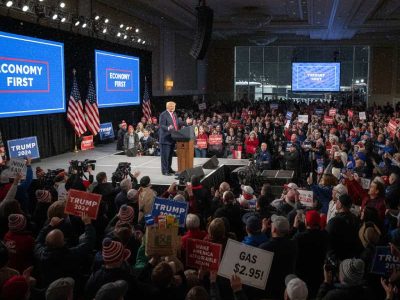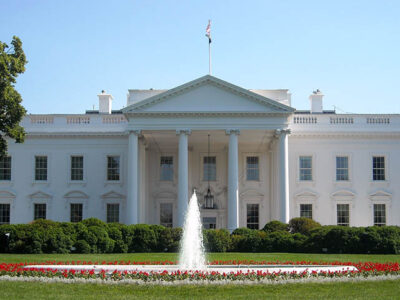Payam Javan: Just hours after his inauguration on January 20, President Donald Trump signed an extensive array of executive actions aimed at reversing many of former President Joe Biden’s policies and reasserting a strong “America First” agenda. Chief among these were measures to bolster border security, including declaring a national emergency at the southern border, ending the CBP One app, and effectively banning birthright citizenship. He also issued orders to rescind dozens of Biden-era directives, federally define gender as male or female only, and give TikTok 75 days to find a U.S. buyer.
Several of Trump’s orders address federal government operations, such as freezing hiring (except for military), demanding in-person work from employees, and creating a new Department of Government Efficiency. Other directives restore the death penalty for killing federal agents, classify cartels as terrorist organizations, and withdraw the United States from the World Health Organization (WHO) again. On the environmental and energy front, Trump withdrew the United States from the Paris Climate Accord, declared a national energy emergency, accelerated fossil fuel extraction, and halted offshore wind leasing.
Trump also moved to reshape foreign policy by requiring an “America-First” focus, cutting certain foreign aid programs, and crafting policies to prioritize American workers through new tariffs. To address domestic tensions, he issued a full pardon for about 1,500 individuals charged in connection with the January 6 events, ended “weaponization” of government against political opponents, and put forward measures to protect free speech. While many of these actions will likely face legal challenges, they mark a decisive break from the Biden administration’s priorities and a revival of Trump’s earlier presidential agenda.









